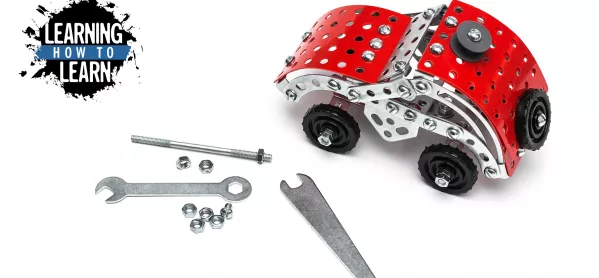Want a shortcut for learning? Metaphors, similies and analogies are the perfect tools.
They allow students to “reuse” the neurons for concepts they already know. This is called “neural reuse theory”.
The similarities between the old and new concepts help students to more easily understand new concepts.
This article is part of a series by Professor Barbara Oakley called Learning How To Learn (L2L). A list of all the chapters will be available at this link from 16 April.
If we use something a student is familiar with, like an ocean wave, as a way into understanding something the student may not be familiar with, like an electrical wave, the similarities can help to speed up learning.
Coming up with a creative metaphor or analogy is one of the best ways to learn a new concept or share an important idea. Teachers can use these to help students understand new ideas or students can devise their own.
Blueprint for learning
Depending on the age level of the students, you may wish to explain the difference between an analogy, a simile and a metaphor.
Analogy: a comparison of two otherwise unlike things based on certain similarities. The goal of an analogy is to show that if certain things are alike between two things, other things may be alike as well. “The solar system with its planets is like an atom with its electrons.”
Metaphor: A metaphor uses one word or phrase to mean another and makes a comparison between the two. The comparison is not to be taken literally. For example, in the sentence “He’s become a shell of a man”, we know the man has not literally become a shell with nothing inside him, but using the metaphor of the shell helps to illustrate that that the man has experienced something that has changed him for the worse in some way.
Simile: A comparison of two unlike things that is often introduced by “like” or “as”. “He has become like a shell of a man.”
A simile compares two items, a metaphor equates two items. An analogy compares two items with the implication that there may be much in common between those two items.
Watch the below video to learn more.
This article is part of a series by Professor Barbara Oakley called Learning How To Learn (L2L). A list of all the chapters will be available at this link from 16 April.
Notes by Professor Barbara Oakley and ESIC Business and Marketing School. Videos reproduced with kind permission of the Arizona State University and Professor Barbara Oakley.
For more information, see Learning How to Learn: How to Succeed in School Without Spending All Your Time Studying; A Guide for Kids and Teens.




